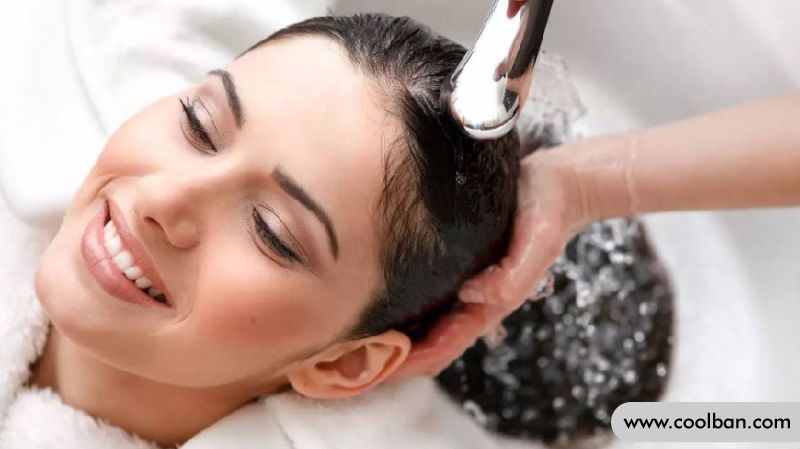What are the dangers of silicone oil in shampoo?
According to medical theory, the kidneys, blood, and lungs are all related to hair. If the kidney essence is insufficient, problems such as hair loss, gray hair, and insufficient lung qi will occur. Recent clinical studies have found that adolescents, middle-aged and young people are the main causes of hair loss. Crowd, will it be a lack of kidney qi? pulmonary disease? Or is his body too weak? How can a young man of this age have hair and hair problems when his blood is strong? We changed our thinking and finally solved the mystery! It is the improper use of additives in hair care products that can cause great damage to the hair and is irreversible.

Why is it not recommended to use silicone oil?
Silicone oil can wrap dandruff, make the hair soft, and it is not easy to be washed by water. It can only be removed by the metabolism of the skin, but the hair cannot fall off.
Silicon content in shampoo:
Silicone oil shampoo is not recommended. If it comes into contact with the scalp, long-term shampoo cannot be cleaned, and it is easy to cause scalp oil.
Shampoos that do not contain silicone oil will feel itchy. Some shampoos will add cations or polyquaternium to improve the softness of the hair, and also use silk protein for long-term repair.

Hair care products contain silicon:
The conditioners on the market all contain silicon. If there is no special instruction, it is best not to touch the scalp and separate the hair from the scalp. Silicone-free conditioners are available, but they are expensive, and more often use natural oils instead of silicone oils.
Hair Oil Contains Silicon:
Do not touch the scalp directly, and try not to wear open-back clothing after use.

The risks of using silicone oil include:
Risks of use 1. Too much degreasing and too strong alkalinity will lead to excessive dryness of the scalp, and the sebaceous glands will secrete a large amount of oil, which will spread to the scalp, and the stickiness will combine with dust and bacteria, resulting in the initial symptoms of folliculitis. The oil secreted by the sebaceous glands will flow to the hair follicle, wrapping the hair follicle, so that the hair cannot transport nutrients to the root, and the hair follicle will gradually lose its vitality and enter a dormant state.
Risk of use 2. Due to the accumulation of a large amount of hair smoothing substances, the passage of the hair follicle is blocked, making it unable to breathe normally and losing its vitality.
Use risk 3. It will cause damage to the protein structure on the skin surface, causing skin sensitivity, scaling and itching.
Risk of use 4. The use of chemically synthesized inhibitors has a certain dependence. After stopping use, the imbalance of the water and oil environment of the head skin is more likely to lead to the aggravation of folliculitis.

How to identify whether it contains silicone oil?
The easiest way to tell if there is silicone oil in your shampoo is to look at the ingredients in your shampoo. A shampoo is a silicone-free shampoo if it's listed as silicone-free on the ingredient list. Also, a silicone-free shampoo will clearly show no silicone. In addition, since silicone oil is insoluble in water, you can also check the dissolution of shampoo in water. Press it with water to see if it dissolves, and you can tell whether there is silicone oil in it.
Shampoos without silicone oils can be difficult to clean and uncomfortable. Therefore, some silicone oils are added to many shampoos, and while they work well, they do not wash out completely. Therefore, a silicone-free shampoo is recommended.
Especially those with oily hair, use a silicone-free shampoo for better results and a fresher look. If you are oily and feel greasy, sticky, and heavy after washing, try a silicone-free shampoo.
